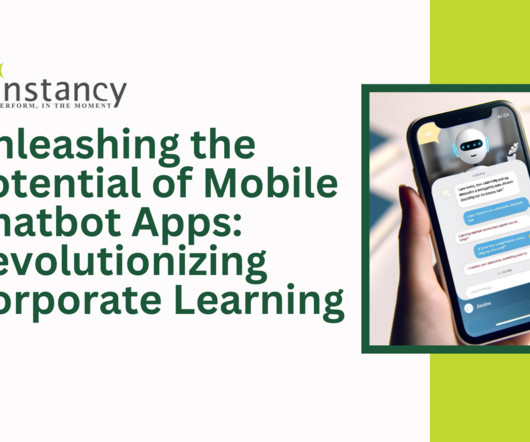What L&D professionals can learn from ancient tribes
Matrix
APRIL 2, 2019
These easily translate into modern learning modes. Social learning. Instinctively, humans learn in a social way. Albert Bandura used this as a starting point for his social learning theory. Read more: 3 useful social learning tips for instructional designers. Storytelling.





























Let's personalize your content